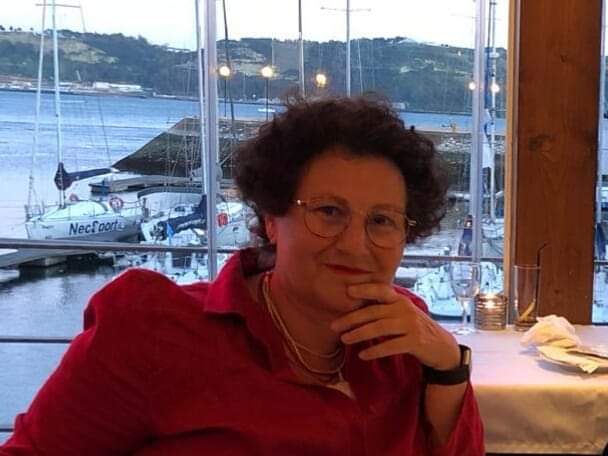Interview with Ayse Atac Nyberg

Tell us a bit about the artEmis project?
artEmis brings together a broad range of different disciplines in order to advance our knowledge of earthquake forecasting. By combining a vast number of sensors that measure radon content and other observables in groundwater along selected and active faultlines in Greece, Italy and Switzerland and correlating these gathered data with seismic observables by means of AI, we intend to develop an entirely new approach to earthquake forecasting.
What is your role as coordinator of the project?
Creating a joint platform for all the different disciplines presented in the project to achieve the goals of artEmis. Coordinating the activities of the different work packages and giving guidance and support when needed. Making sure everyone keeps to their timeline.
Taking up a new position is a challenge on its own. What has your experience been so far
artEmis is a cross-disciplinary, multinational project, and I enjoy this side of the project very much. So far, it is a dream come true!
Tell us a little bit about you and your educational background?
I was born in Ankara, Turkey, in 1958. After gymnasium, I moved to Oslo, Norway, where I completed my Bachelor's, Masters and Doctoral studies. My PhD was in the field of Experimental Nuclear Physics. As a postdoctoral fellow, I spent four years in Denmark, at Niels Bohr Institute. My fist employment as a junior researcher was at Uppsala University. After spending a few years at Ankara University, I came to the Department of Physics, KTH as a guest professor. Finally, I became a professor at KTH in 2015. My main research activity is in basic science. However, during recent years, I developed an interest in the application of Nuclear Physics in earthquake research. After many years of work, together with my colleagues, we got the EU- grant to proceed with this work.
Is the project a KTH initiative, and do other universities or companies also participate?
It is a KTH initiative but has support from other highly recognized institutions like the University of Sorbonne in Paris, ETH in Zurich, IESE business school in Barcelona, GSI Helmholz Research Institute in Darmstadt, University of Thessaloniki, University of L’Aquila, Instituto Nazionale di Geofizica in Rome, SURO in Prag and others.
What is the long term plan of the project, if any?
The long term is to build a massive sensor system for all earthquake-prone areas in Europe and worldwide.
What are the biggest challenges the project combats?
It is challenging to gather and keep a large consortium together when the participants are from many different disciplines. On the other hand, we are all aware that none of us can achieve the goal without the support of the other disciplines.
What is your experience as a woman in engineering and sciences?
In all my academic life, I was the minority of the minority, being a Turkish woman in physics. Recently, I also learned that I was struggling with dyslexia. It is difficult to answer this question since I do not know the alternative. I can only say: It worked!
What advice would you give to young women interested in becoming scientists?
I would say: listen to your heart. If you enjoy science, nothing can stop you!
How could we attract more females into the field of engineering and sciences?
Are there any actions taken by your work environment about it? Role models are important to attract and encourage female students. At KTH, I can see the actions taken in this matter.
Is it vital for you to communicate your work and research to the world? If yes, why and how do you do that?
Yes, it is vital. However, I am also aware that some research within basic science has no short term effects on society and can be challenging to communicate to the world. In such cases, we need patience.
Text: Elina Charatsidou
